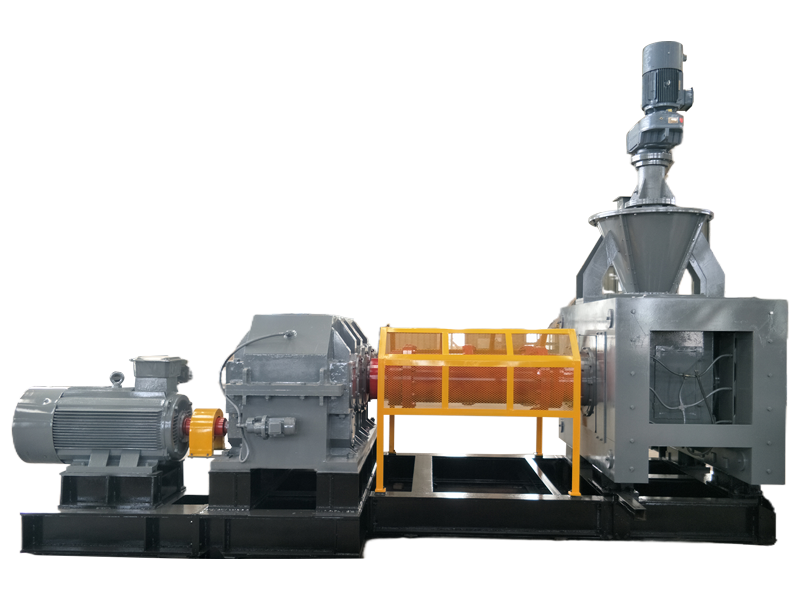Factors Affecting the Pelletizing Rate in Dry Powder Briquetting Machine Production Lines
Time:Feb 12,2022
Factors Affecting the Pelletizing Rate in Dry Powder Briquetting Machine Production Lines
To fully unlock your potential, you must integrate it into the dry powder briquetting machine production line. Without this line, the dry powder briquetting machine cannot function at its maximum efficiency. But in the entire dry powder briquetting machine production process, what factors will influence the quality of the formed pellets?
There are many factors that influence the balling rate in a dry powder briquetting machine production line, but the primary ones are the machine’s inherent performance, the technical expertise of the operators, and the material’s physicochemical properties. This article focuses specifically on how the machine’s performance itself affects the balling rate of the dry powder press.
1. When designing a briquetting machine, it’s crucial to professionally control the machine’s speed—neither too fast nor too slow. Reducing the rotational speed of the rollers in a dry powder briquetting machine can increase the pressing time of the coal material on the rollers, which helps enhance the transmission of counterforces, enabling the rollers to get closer to the coal particles. This also effectively overcomes the shear stress generated at the interface between the dry powder and the machine’s bowl, ultimately boosting the strength of the resulting briquettes. However, if the machine’s speed is set too low, the output of briquettes will drop significantly.
2. The ball-forming rate of a dry powder briquetting machine is also closely related to the precise setting of the direct distance between the machine and the pressure rollers. When adjusting the gap between the two rollers in a dry powder briquetting machine, it’s important to note that this distance is inversely proportional to the compression ratio. Some manufacturers, aiming to boost the pressure output of their machines, opt to narrow the gap between the rollers—though this approach may seem logical. While reducing the distance can indeed increase the forming pressure, if the gap becomes too small, the coal material struggles to evenly fill the ball mold, ultimately compromising the quality of the resulting briquettes. On the other hand, if the gap between the upper and lower rollers is set too wide, the forming pressure won’t effectively reach the center of the coal charge, causing the material to fall off instead. This not only undermines the briquette’s strength but can also lead to issues like excessively thick briquettes, uneven edges, excessive coal dust, or even failure to form proper balls altogether. Therefore, when assembling the upper and lower pressure rollers of a dry powder briquetting machine, meticulous attention must be paid to fine-tuning their distance—ideally keeping it within the 2-3 mm range.
Additionally, the dry powder ball press requires the addition of a binder during the pressing process, resulting in high-hardness, high-yield, energy-efficient, and time-saving ball-shaped products. While the dry powder ball press can directly compress materials into shaped balls, this equipment is limited to forming only active substances into spherical shapes, making its output lower compared to that of a standard dry powder ball press.
We provide professional briquetting machine equipment and competitive quotes.
We will contact you within 24 hours of receiving your message.
Tel:+86-13703990669
Tel:+86-18182214485
Email:zzhxjixie@126.com
Address: Longgang Development Zone, Xingyang City, Zhengzhou City, Henan Province

Email:zzhxjixie@126.com
Tel:+86-13703990669
Tel:+86-371-64696918
Address: Longgang Development Zone, Xingyang City, Zhengzhou City, Henan Province
Leave a Message
The need for specialized plant growth regulators











